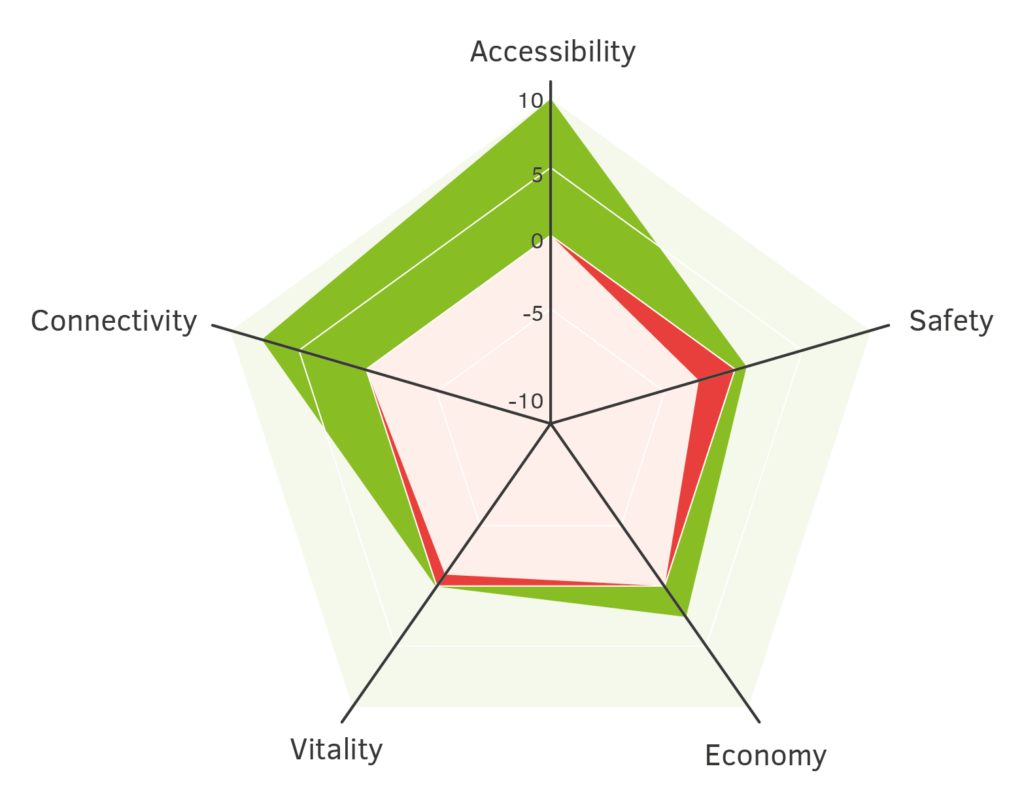Port de Lauterbourg – R3FLEX by Port of Strasbourg
Type of solution: Adding a terminal
Node: Strasbourg
Link or contact: https://ec.europa.eu/inea/en/connecting-europe-facility/cef-transport/2014-fr-tm-0260-w
The port of Strasbourg is located on the Rhine-Alpine Corridor in France. It is the second French inland waterway port and has 2 major sites: Strasbourg and Lauterbourg. The Action is part of a Global project aiming to further develop nine ports in the Upper Rhine. It is a necessary step for improving the accessibility and the capacity of a multimodal platform at Strasbourg/Lauterbourg port to absorb the expected traffic growth. It is part of a Master plan concerning nine ports on the Upper Rhine. The Action will develop the port of Strasbourg by building a new multimodal terminal in Lauterbourg. The new terminal will provide a trimodal installation with rail tracks, an embankment and materials’ handling equipment. The Action will eliminate a bottleneck identified within the port network and contribute to the better performance of the port as gateway of the corridor. It will contribute to the better use of inland navigation as a
Impact Overview
Infrastructure
An important note on adding or optimizing infrastructure is that the impact on the longer term is depending on the developments. Most practices are focussed on the current network on the three scale levels. A tangible example is that current asset management is focussed on waterways, or bridges or roads, and national or regional. The changing practice should be cross-asset management. Corridor management with an urban nodes working groups is a good example of the current situation.
Optimizing infra in the means of unbundling transit and other streams as an entry to the city might be a good practice, related to changing functions of terminals in the logistics functional urban areas. This might be a changing practice of last mile.
Where CAAS in Turku is a good first step practice, Nodes as a service might be a next step.
